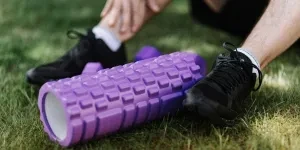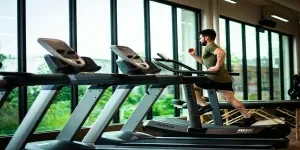Foam rollers have become indispensable in fitness and recovery, offering effective solutions to reduce muscle soreness, enhance flexibility, and optimize performance. As demand grows, understanding market trends and product variations is crucial for businesses seeking to meet consumer needs. This article provides insights into market growth, product features, and key considerations to guide professional buyers in making informed decisions.
Table of Contents
● Market overview: Foam rollers’ rise in wellness and fitness
● Exploring foam roller varieties and their unique perks
● Key factors to consider when buying a foam roller
● Conclusion
Market overview: Foam rollers’ rise in wellness and fitness

Market growth in numbers
The global foam roller market was valued at $1.2 billion in 2023 and is expected to grow to $2.22 billion by 2031, reflecting a robust CAGR of 8.2%. According to Market Research Intellect, this upward trajectory is driven by increasing consumer awareness of fitness and recovery benefits, positioning foam rollers as essential tools for modern exercise regimens.
Driving factors
Several trends are propelling the foam roller market forward. The rise in global fitness awareness has encouraged more individuals to adopt healthy lifestyles, significantly boosting the demand for muscle recovery solutions like foam rollers. Additionally, the trend of at-home workout routines, which gained momentum during the pandemic, has created sustained demand for versatile, easy-to-use fitness equipment. Innovations in foam roller design, such as textured surfaces and built-in vibration features, further enhance their appeal by catering to a wider range of recovery and therapeutic needs.
Challenges in the market
Despite its promising growth, the foam roller market faces notable challenges. The saturation of products and brands has created intense competition, making it difficult for new entrants to establish a foothold. Quality inconsistencies across different manufacturers can affect consumer trust and satisfaction. Moreover, the emergence of alternative recovery tools, such as massage guns, presents stiff competition, particularly for advanced users seeking varied recovery solutions. Addressing these issues will be critical for maintaining momentum in this rapidly expanding market.
Exploring foam roller varieties and their unique perks
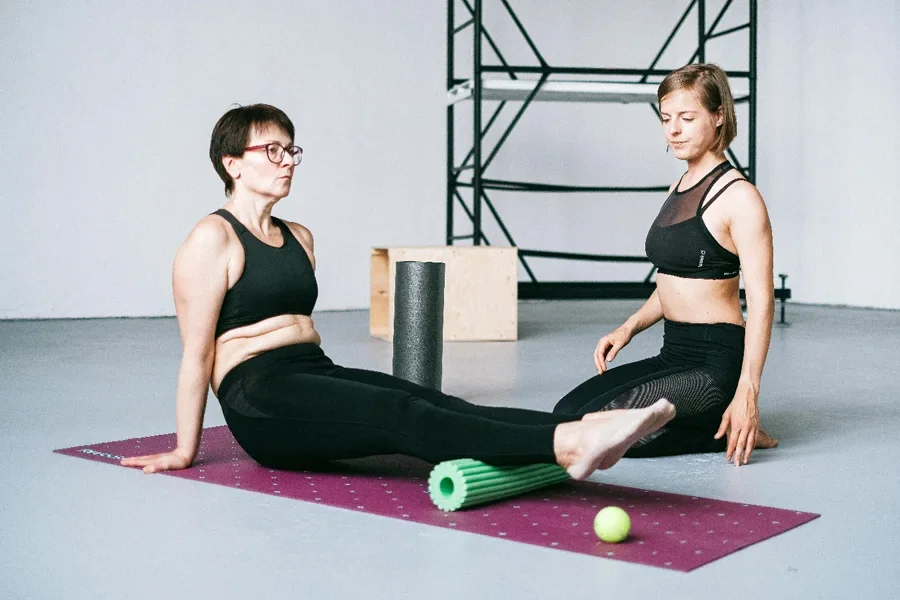
Soft foam rollers
Soft foam rollers are crafted using materials with lower compression density, such as polyethylene foam, allowing for a gentle application of pressure. These rollers typically measure 36 inches in length and 6 inches in diameter, offering ample surface area for larger muscle groups like the quads and hamstrings. Due to their pliability, soft foam rollers are often recommended for rehabilitation purposes, where minimizing discomfort and avoiding strain are critical. Their lower firmness is effective in promoting circulation without inducing stress on sensitive areas, making them a staple in recovery programs for first-time users or individuals with reduced pain tolerance.
Firm rollers and deep-tissue designs
Firm foam rollers are made from high-density materials like expanded polypropylene (EPP) or ethylene-vinyl acetate (EVA) foam, which deliver significantly greater pressure compared to soft models. These rollers are designed to handle intense usage and target deeper layers of fascia and muscle tissue, helping to break down adhesions and improve flexibility. Often available in lengths ranging from 12 to 18 inches, firm rollers are compact yet effective for isolating knots in areas like the IT band or calves. The structured rigidity of these rollers ensures consistency in deep-tissue manipulation, providing athletes with the intensity required for pre- and post-exercise recovery.
Textured and grid rollers
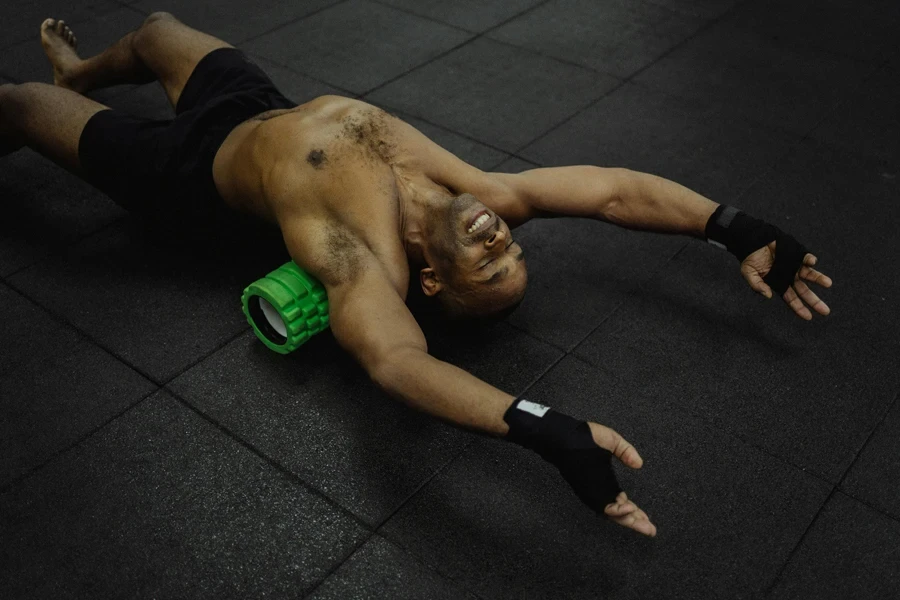
Textured foam rollers are engineered with raised patterns, including ridges, knobs, or grids, that simulate the varying pressures of manual therapy. These rollers are particularly useful for myofascial release, where targeted relief is necessary for smaller muscle groups or trigger points. The spacing and height of the textures vary, with some models incorporating multiple patterns for customizable intensity. Textured rollers are frequently used by professionals to address localized stiffness, offering both shallow and deep pressure options. Additionally, the structured surface enhances grip, reducing slippage during use, which is crucial for dynamic exercises or focused stretching routines.
Vibrating foam rollers
Vibrating foam rollers combine percussion technology with traditional rolling methods to elevate recovery effectiveness. These rollers typically include motors offering variable vibration frequencies, ranging from 20 Hz to 50 Hz, which helps to desensitize pain receptors and improve muscle relaxation. Many vibrating models feature lithium-ion batteries capable of delivering continuous operation for up to 2 hours, ensuring portability and convenience. The addition of vibration enhances blood flow and lymphatic drainage, making these rollers highly efficient for post-exercise recovery. Some advanced designs even integrate digital controls and pre-programmed settings, allowing users to fine-tune vibration levels based on their recovery needs.
Key factors to consider when buying a foam roller
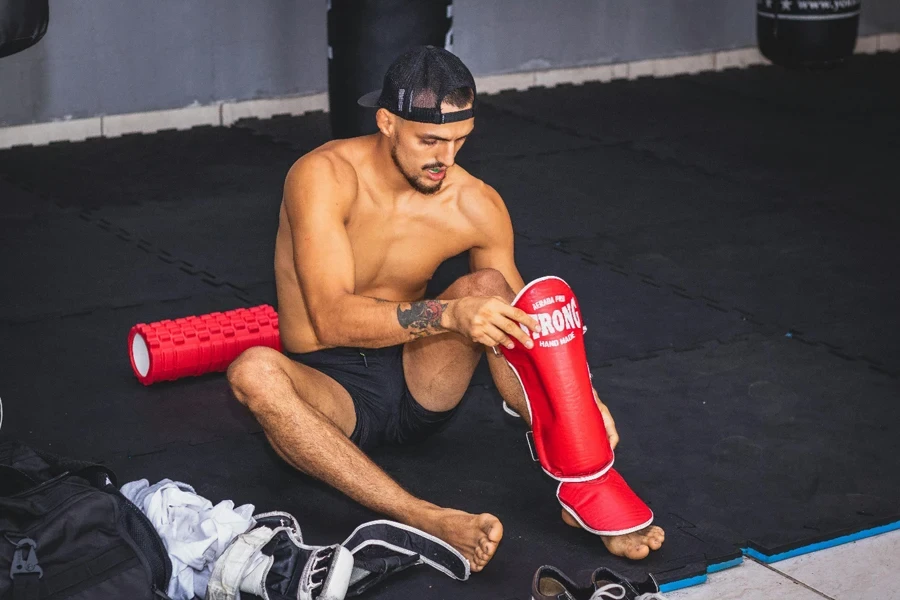
Density selection
Selecting the appropriate foam roller density is critical for meeting individual recovery or fitness needs. Soft-density rollers are suitable for users seeking comfort or those in rehabilitation programs where minimizing discomfort is a priority. These rollers offer gentle compression, making them ideal for light massages or post-injury care. Medium-density rollers balance flexibility and firmness, providing versatility for users engaging in both recovery and exercise routines. They are commonly used in yoga and Pilates to aid in muscle activation and stabilization exercises. Firm-density rollers are designed for intense pressure applications, targeting deeper muscle layers and promoting effective myofascial release. These are particularly beneficial for athletes managing muscle adhesions or tight fascia.
Size and portability
The size of a foam roller determines its usability for different activities and muscle groups. Full-length rollers, typically measuring 36 inches, provide a broad surface area for full-body applications, including exercises focused on alignment and balance, such as Pilates. These are well-suited for use in professional or gym settings where space is not an issue. Shorter rollers, ranging from 12 to 18 inches, are compact and portable, making them ideal for travel or targeting specific areas like calves or glutes. Their reduced size enhances maneuverability during focused massage sessions. Diameter also plays a role, with standard 6-inch rollers offering stability and smaller 4-inch rollers catering to users with compromised balance or physical therapy needs.
Material and durability
The material composition of a foam roller significantly impacts its longevity and performance. EVA foam rollers are known for their premium durability and resilience, making them suitable for high-frequency use in professional environments such as gyms or clinics. These rollers maintain their structure over time, even under heavy use. EPP foam rollers, while more affordable, offer excellent durability for personal or moderate use, making them a popular choice for home fitness enthusiasts. Rollers with closed-cell construction are highly resistant to wear and tear, ensuring consistent performance and maintaining hygiene by repelling moisture and debris.
Intended use
Foam roller selection should align with the intended application to maximize benefits. For therapeutic use, soft-density or low-profile rollers are preferable, as they minimize strain on sensitive muscles during rehabilitation. Athletic training routines often require firm or textured rollers to address tight muscle groups and facilitate deep tissue relief. In fitness applications, versatile medium-density rollers or vibrating models enhance warm-up and recovery routines by promoting circulation and muscle elasticity. Specialized designs, such as ridged or half-round rollers, cater to specific requirements in physical therapy, balance training, or dynamic stretching programs. Choosing the correct roller ensures optimal outcomes for each user’s specific needs.
Conclusion
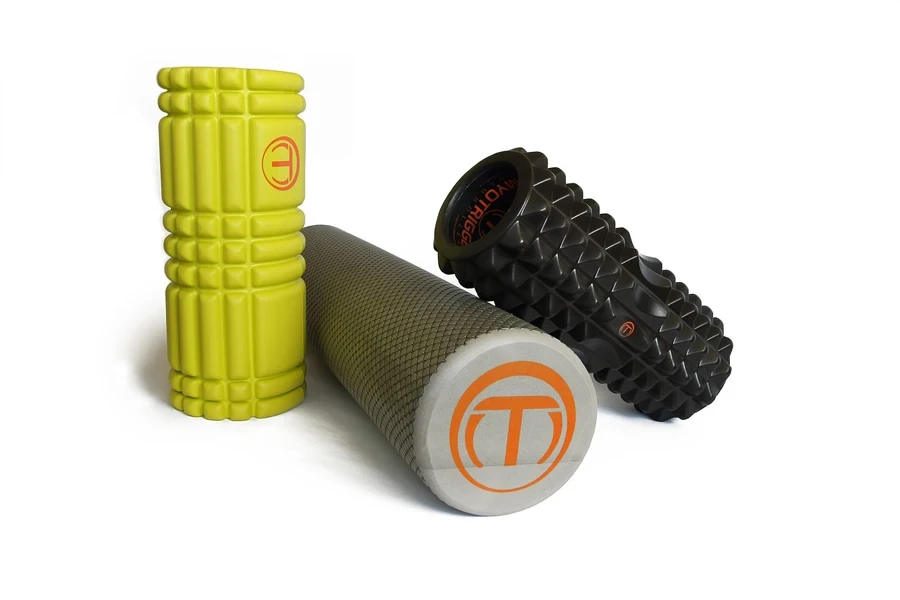
Foam rollers are a versatile and indispensable tool for fitness and recovery, offering solutions tailored to a variety of needs, from gentle rehabilitation to intense athletic training. With options varying in density, size, material, and functionality, they cater to diverse goals and experience levels. Selecting the right foam roller ensures optimal performance, making it a valuable addition to any recovery or fitness program.
